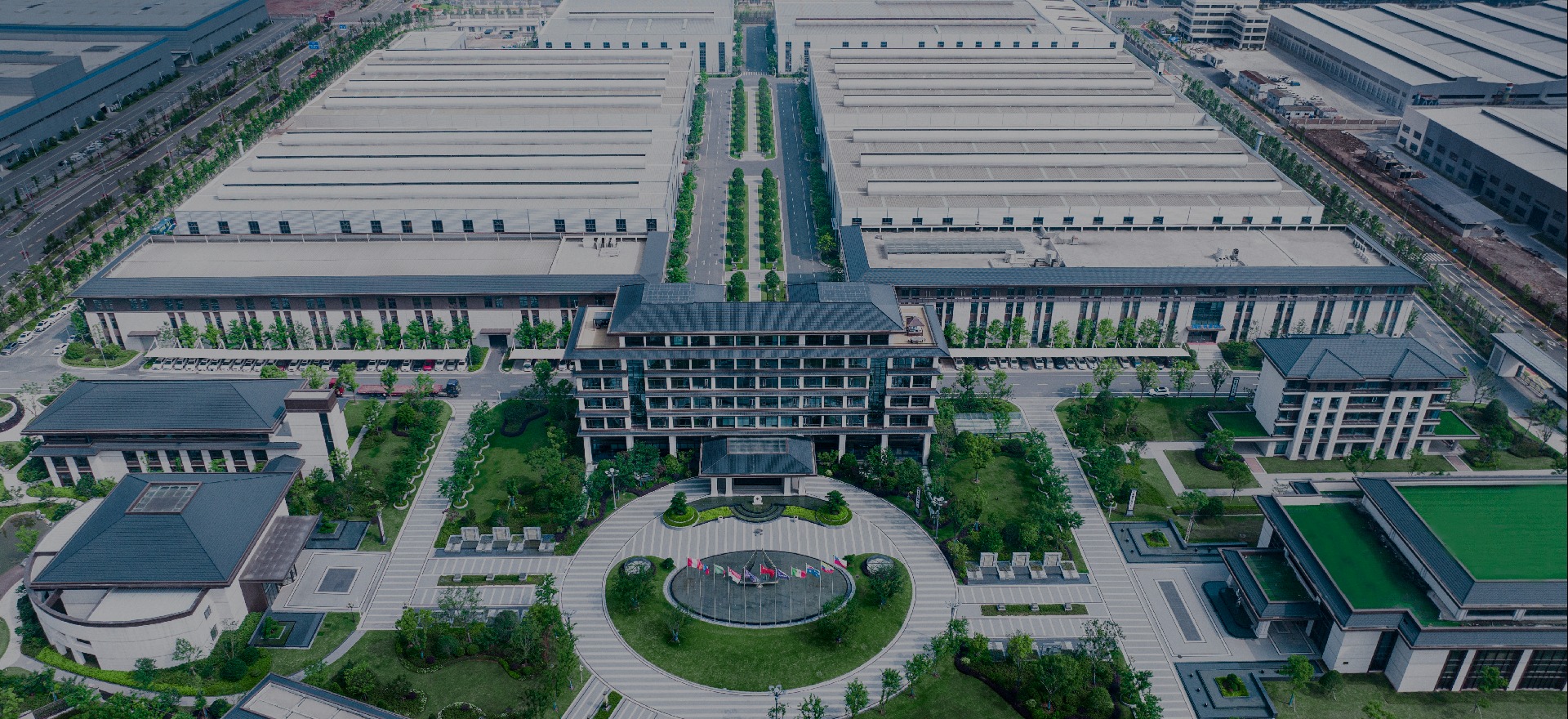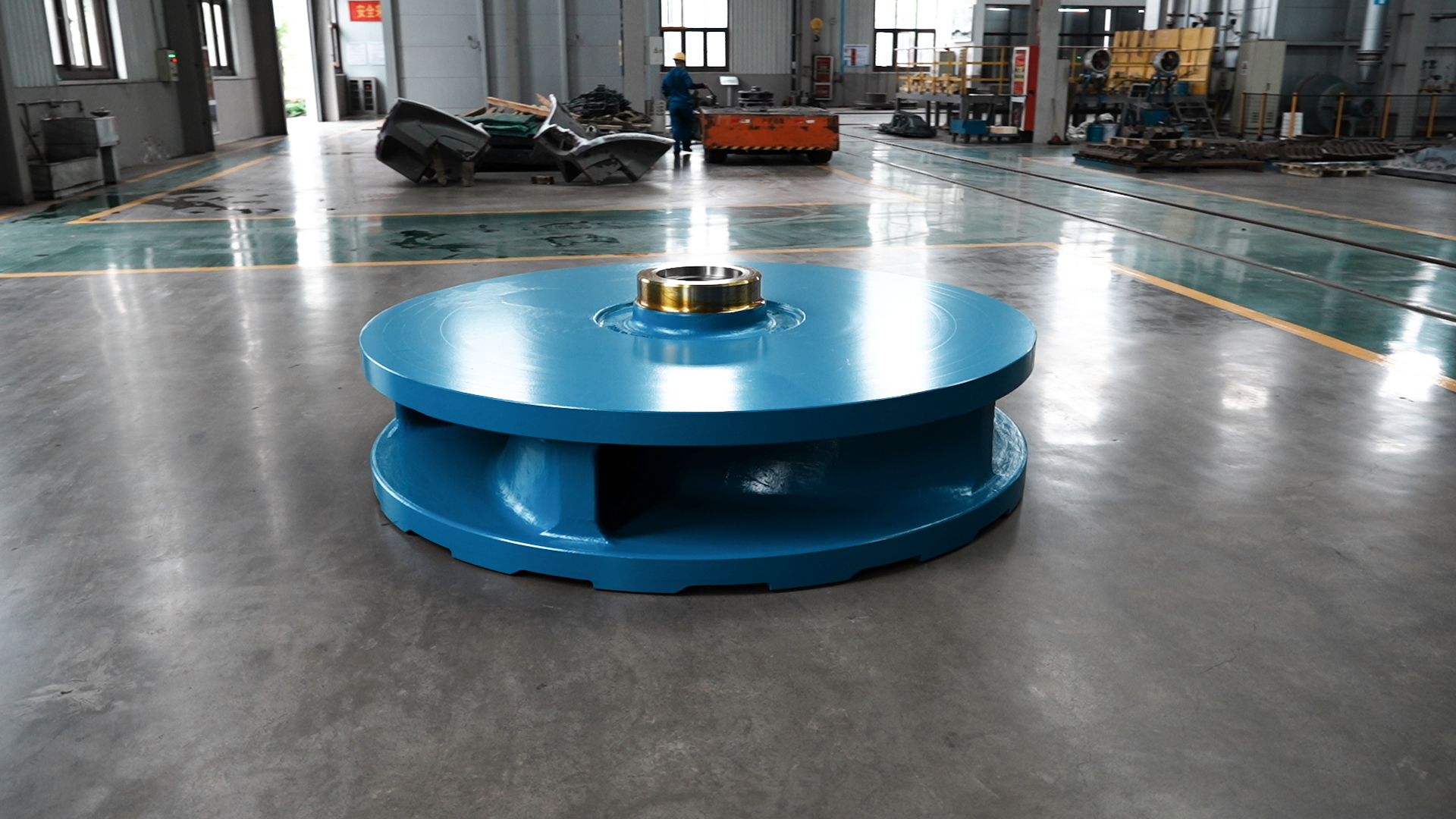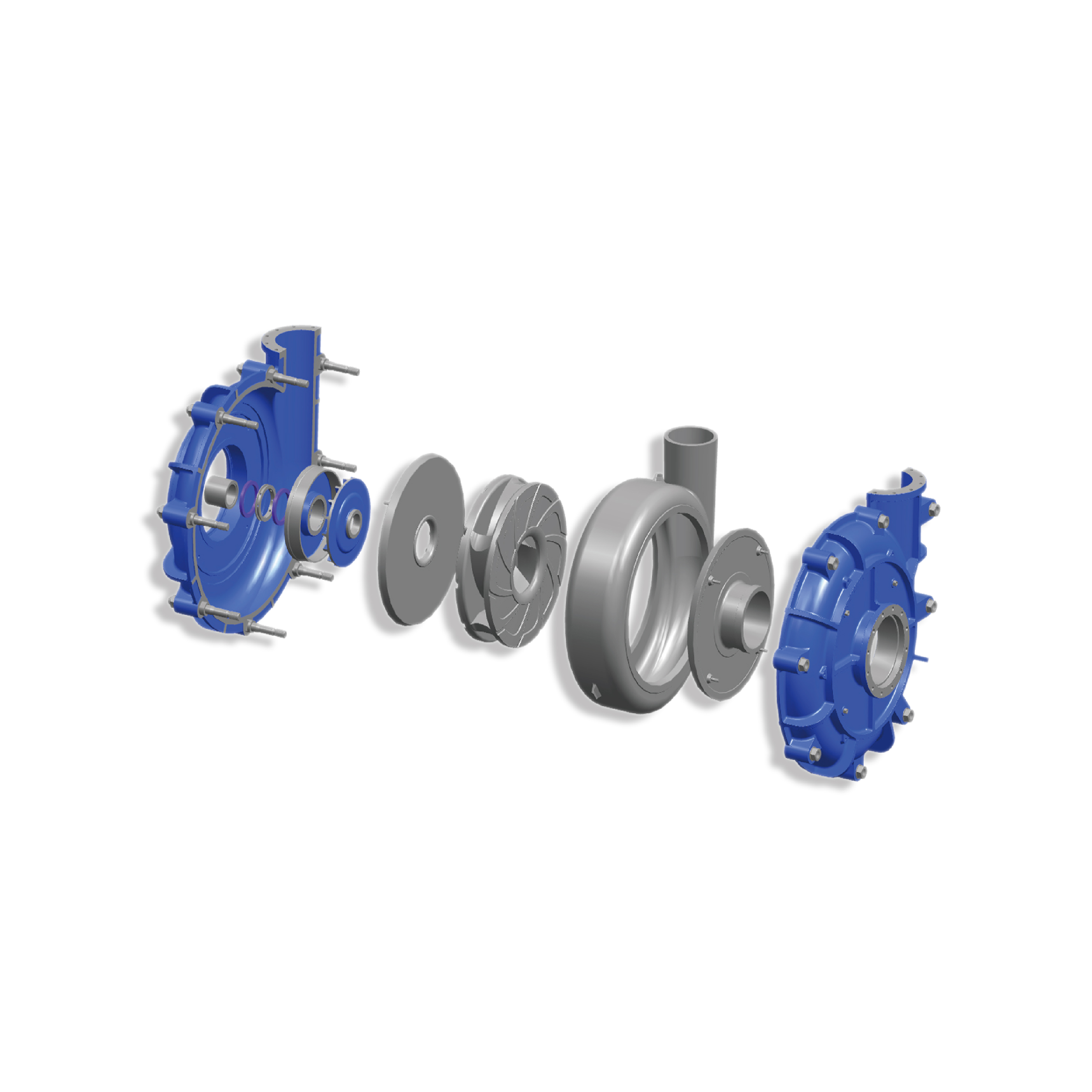
SCROLL THE MOUSE

Slurry pumps are designed to handle some of the harshest working conditions in the industry. Their primary task is to move abrasive and corrosive slurries through pipelines in sectors such as mining, metallurgy, and chemical processing. These slurries usually contain solid particles and reactive fluids that can quickly wear down equipment. The reliability of a slurry pump for mining has a direct impact on the stability of daily operations. When a pump wears out too quickly or fails under pressure, the consequences are immediate. Delays begin to accumulate, maintenance crews are diverted from their scheduled work, and production comes to a halt. That is why the slurry pumps must perform consistently under harsh conditions without causing frequent interruptions to your operation.
Challenges in Mine Operations
Here are some common challenges faced by mining slurry pumps in day-to-day operations.
1. Rapid Wear and High Corrosion
A slurry pump for mining operates under constant mechanical and chemical stress. The mixture they transport contains hard, angular particles that grind against internal surfaces at high speeds. This direct contact leads to the progressive erosion of critical slurry pump parts, such as impellers, casings, and liners. Once protective layers wear down, exposure increases and the structural integrity begins to decline.
In addition to abrasion, chemical corrosion further accelerates damage in pumps. Many mining slurries include acidic or alkaline solutions, either from ore treatment chemicals or naturally occurring compounds in the material. These chemicals react with metals and elastomers inside the pump, weakening seals and pitting surfaces over time.
2. High Maintenance Costs and Long Downtime
Due to the erosive nature of the slurry, slurry pumps with average wear resistance need to be frequently shut down for inspection and maintenance to avoid sudden failures. In this situation, maintenance becomes a routine burden. Pulling pumps offline, opening them up for inspection, replacing liners or seals, and reassembling them under tight timelines all add to labour costs and equipment fatigue.
Moreover, if wear goes unnoticed or repairs are delayed, you risk a breakdown of the entire industrial operation. Disassembling and repairing a heavily damaged slurry pump can take hours or even days, depending on site logistics and the availability of spare parts.
Why a Slurry Pump for Mining Suffer from Rapid Wear
The wear rate of a slurry pump for mining depends on a number of factors, such as:
1. Physical Wear Factors
Solid particles present in a slurry play a major role in wearing down the slurry pump for mining. Sharp, irregular particles like crushed ore or sand constantly strike the inside surfaces of the pump. Over time, these impacts remove material from impellers, volutes, and liners.
The flow conditions of the slurry also significantly impact the rate of pump wear. Pumps operating outside their intended flow range experience more turbulence, causing uneven wear. Some parts may erode rapidly while others remain largely intact, creating imbalance and internal stress that eventually leads to failure. Improper flow patterns also increase the chance of solids settling in corners or pockets, producing localized stress that accelerates wear on nearby components.
2. Chemical Corrosion Factors
Acidic solutions used in mineral recovery or naturally present in the ore can chemically degrade metal surfaces, even if there is minor physical wear. Additionally, elastomer components, like seals and liners, are also vulnerable to damage when exposed to strong alkalis or oxidizing chemicals.
Cavitation is another concern. When the pressure inside the pump drops below a critical level, vapor bubbles form in low-pressure zones and rapidly implode when they move into higher-pressure regions. These implosions produce localized shocks that damage nearby surfaces. Over time, such impacts can reduce the thickness of structural components.
3. Design Defects
Some industrial slurry pumps wear out early due to unreasonable design. It may seem appropriate on specification sheets, but subtle mismatches often show up once it is in use. Tight internal clearances can cause blockages or reduce flow efficiency. Impellers that are not shaped to handle dense slurries tend to generate excess turbulence, which raises internal stress. Seal assemblies may also fail early if they are not built to resist the abrasiveness or chemical reactivity of the slurry being pumped.
4. Improper Material Selection
Material compatibility often determines the service life of a slurry pump for mining. A pump made with standard-grade metal may work well in neutral conditions but will corrode quickly in acidic slurry. In the same way, rubber linings can perform well in low-impact applications but may tear or deform when exposed to sharp and high-density solids. The type of slurry, particle size, pH level, and temperature must all be considered together while selecting the slurry pump for mining.
5. Operation and Maintenance Issues
Poor pump handling also contributes to accelerated wear and reduced service life. Pumps that are started and stopped too frequently, run at speeds outside their rated range, or operate without proper priming will degrade faster. Misalignment during installation or failure to monitor vibration and seal pressure also contributes to shortening the lifespan of the pump.
Inconsistent maintenance habits further accelerate damage. Worn-out liners or seals left unchanged for too long increase internal stress. Dirt or debris that enters through failed seals can cause localized erosion or even mechanical blockage.
Naipu Ceramic Slurry Pumps for Mining
At Naipu, we fully understand the critical importance of efficient and durable slurry pumps for mining operations. Based on the particle size of the conveyed slurry, application fields, and pump caliber, we have developed two major types of ceramic slurry pumps for sale: the full ceramic units and composite ceramic models.
All internal surfaces in contact with the slurry are made from advanced ceramic materials with a Mohs hardness of 9, backed by a durable metal shell for added strength. Additionally, these pumps can handle slurry temperatures up to 110°C without deformation or seal failure. They are also capable of withstanding the erosion of acids, alkalis, and chemically active ores without surface damage.
Combining test results and actual usage, these pumps last 2-3 times longer than high-chrome metal or rubber-lined alternatives. This significant performance improvement makes our ceramic slurry pumps a reliable first choice for continuous mining operations.
Maintenance Tips for Slurry Pumps for Mining
Proper maintenance is key to maximizing slurry pump longevity and preventing unplanned breakdowns. Here are the top maintenance tips that will help you improve the lifespan of your slurry pump for mining.
· Daily Operation Monitoring
Keep a close watch on the vibration and noise levels of your pumps. Unusual vibrations or abrupt changes in sound can serve as early indicators of internal issues. These signals may suggest imbalances, worn components, or internal blockages.
· Periodic Maintenance
Routine servicing should follow a structured schedule. This includes inspecting impellers, liners, and casings for wear, checking the shaft alignment, and verifying that bearings are operating within safe temperature and vibration ranges. Periodic replacement of worn parts before failure not only prevents shutdowns but also protects connected equipment from secondary damage.
· No Idling
When run dry, the pump generates friction and heat buildup, which can destroy seals and damage internal surfaces within minutes. Always prime the pump before startup and confirm that slurry is present in the system. Always execute a proper pump shutdown for temporary stops. Never restart until the slurry flow is completely reestablished.
Conclusion
High-efficiency, durable slurry pumps are critical for optimizing mining operations and minimizing downtime. Our ceramic slurry pumps for mining are specifically designed to withstand the most severe mining conditions, offering superior performance against wear, corrosion, and high temperatures. Contact us today to learn more about how our products contribute to the success of your mining endeavors.